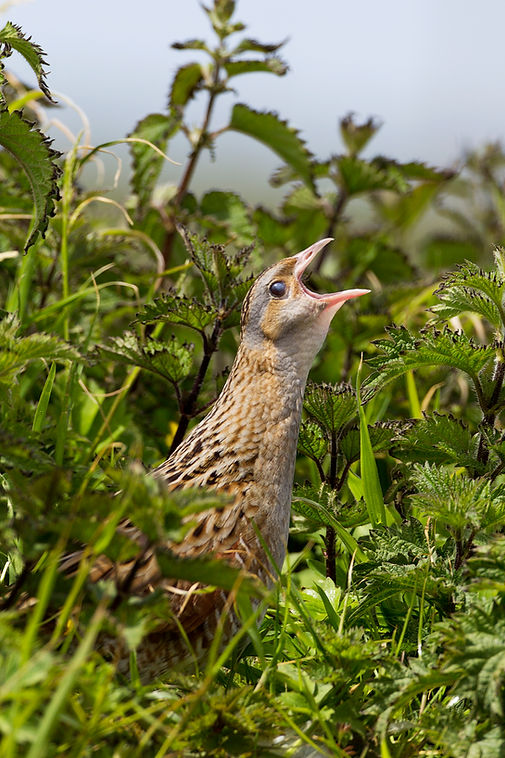
The overall objective of this project of Corncrake LIFE is to improve the conservation status in Ireland of the Corncrake by the enhancement of the Special Protection Area (SPA) network and surrounding farmland. This project will take place on 8 project sites (in 9 SPAs and adjacent supporting farmland).
Adjacent supporting farmland is critical to the project as circa 85% of the population occurs within the SPAs and associated hinterland. All these areas (referred to as “Corncrake catchments”) will be targeted in the project.
The specific component objectives of the project are:
- securing landowner cooperation and local community involvement and support;
- improving targeting and delivery of effective conservation measures, underpinned by science;
- improving management regimes for Corncrake in project sites;
- creation and maintenance of Early and Late Cover (ELC);
- improving knowledge exchange with farmers and planners in project sites;
- promoting the Corncrake as an asset for local areas and communities
The achievement of the objectives is expected to lead to an improvement in habitat condition conducive to Corncrake population increase in the medium term. During the 2018 breeding season, 151 calling males were recorded nationally (approximately 85% of which occurred within the project sites). In 2019 this number increased to 162 but fell again to 146 in 2020*. While the creation of improved habitat condition cannot in itself guarantee an increase in population, the project will strive to achieve a 20% increase in calling males across the project sites over the course of the project.
The project aims to deliver actions across a total of 1,000ha of IT’S total target area, subject to landowner agreement. This will be achieved through a combination of habitat management agreements, land leasing and strategic land purchase. This project focuses primarily on applying and developing best practice to achieve the above project objectives. The role that local communities, particularly landowners, must play in conserving Corncrake habitat is fully recognised and the project will work collaboratively with all these stakeholders. The ultimate success of the project will depend heavily on engaged local stakeholders. To that end, the project will include specific actions aimed at securing landowner cooperation and promoting local community involvement.
*The 2020 number may be considered conservative given the difficulties of conducting accurate census work due to Covid-19
